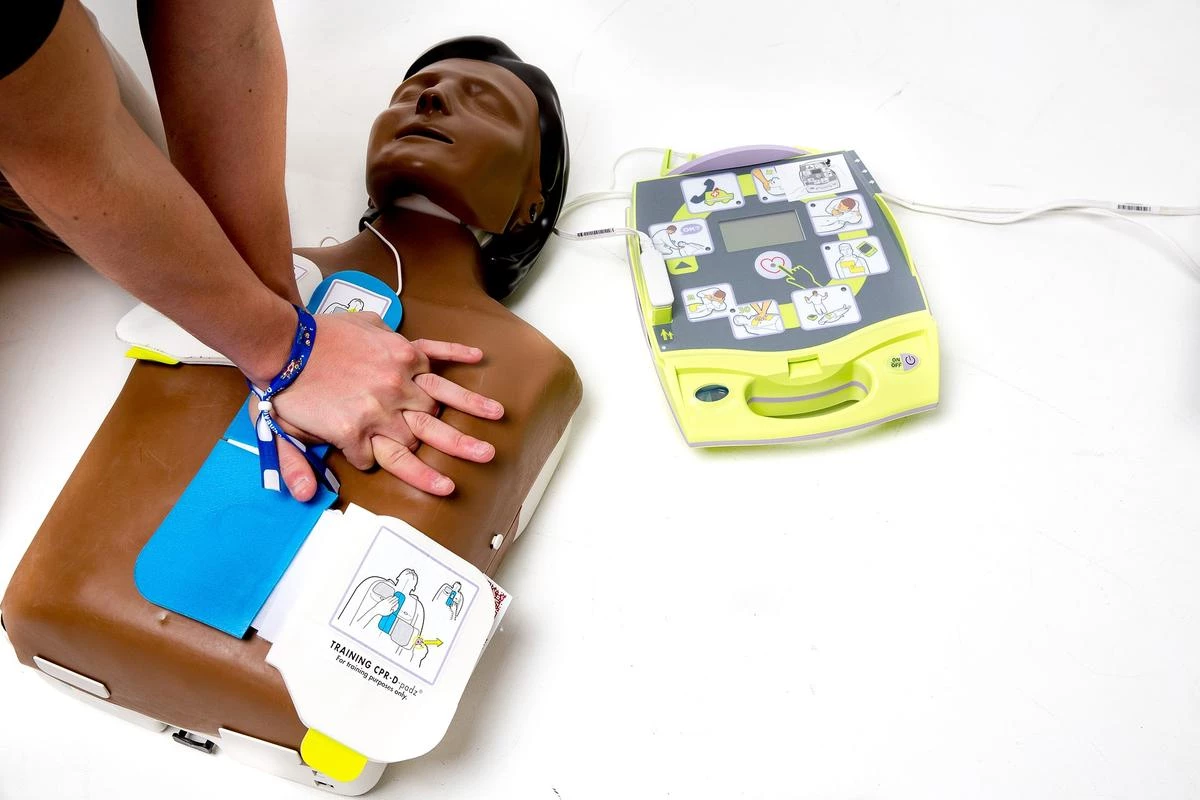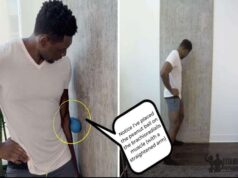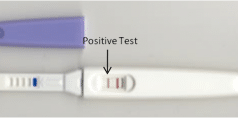
Automated external defibrillators (AED) are easy to use and can be found in many public areas, such as airports, schools, and shopping malls. An AED can deliver a shock to restart the heart or correct an abnormal rhythm when someone goes into cardiac arrest. In such an emergency, it’s important to start CPR immediately and use a defibrillator if one is available. Using an AED can increase the chance of survival by up to 70%.
IIn order to be ready to assist with life-saving measures, it is important that you receive training on how to perform CPR and use an AED. While many hospitals and health agencies offer classes, the easiest way is to get CPR and AED certification online. In just a few hours, you can be equipped to step in during an emergency. Let’s take a look at how to use an AED to help a person in cardiac arrest.
Call 911.
AEDs are used to shock the heart back to a normal rhythm. When used in combination with CPR, a defibrillator can save the life of someone who is in cardiac arrest. If you are on the scene when someone collapses and they are not breathing, the very first step is to have someone call 911. It is imperative to call for medical assistance first so that help arrives as soon as possible. After you have called 911, you can evaluate the scene and determine your next steps for CPR and AED use.
Place The Victim On The Floor And Remove Clothing.
Before starting CPR, you need to place the victim on the floor or ground before beginning life-saving measures. This will allow you to have easy access to the victim’s chest and will also keep them stable. Make sure to remove any sharp objects or debris from the area before placing the victim down. If possible, have someone else help you place the victim on the floor. If you are using an AED, you will also need to remove clothing to expose the chest. The defibrillator will require you to place pads on the upper right side, and the lower left side of the chest.
Open The Airway.
When an AED is available, it is important to open the person’s airway who has gone into cardiac arrest. This can be done by gently tilting the head back and lifting the chin. If the person is not breathing, you will need to give them rescue breaths. To do this, pinch the nose shut and give one rescue breath, then release the nose and give a second rescue breath. Make sure to give the person plenty of time to exhale between breaths. Once the airway is open and the person is breathing, it is time to use the AED. The defibrillator will provide instructions on how to use the device. Make sure to follow the instructions carefully.
Listen For Voice Prompts.
While different models will vary based on the manufacturer, the defibrillator will give voice prompts that will tell you what to do. It is important that you follow the voice prompts carefully. Once you connect the pads to the chest, the AED will analyze the heart’s rhythm. If the machine determines that a shock is needed, you will hear an alert to deliver a shock. You should make sure that no one is touching the person and say “CLEAR” loudly. You can then push the shock button to deliver the shock. If the person’s heart starts beating again, continue to monitor their heart rate and breathing until help arrives.
With over 350,000 incidents of cardiac arrest annually, it is a leading cause of death in the United States. Fortunately, the combination of CPR and the use of an AED can provide life-saving measures if available. It is important to get CPR and AED certification so that you can be ready in the event of an emergency.








